Morning Glory Trimming: When And How To Prune Morning Glory Plants
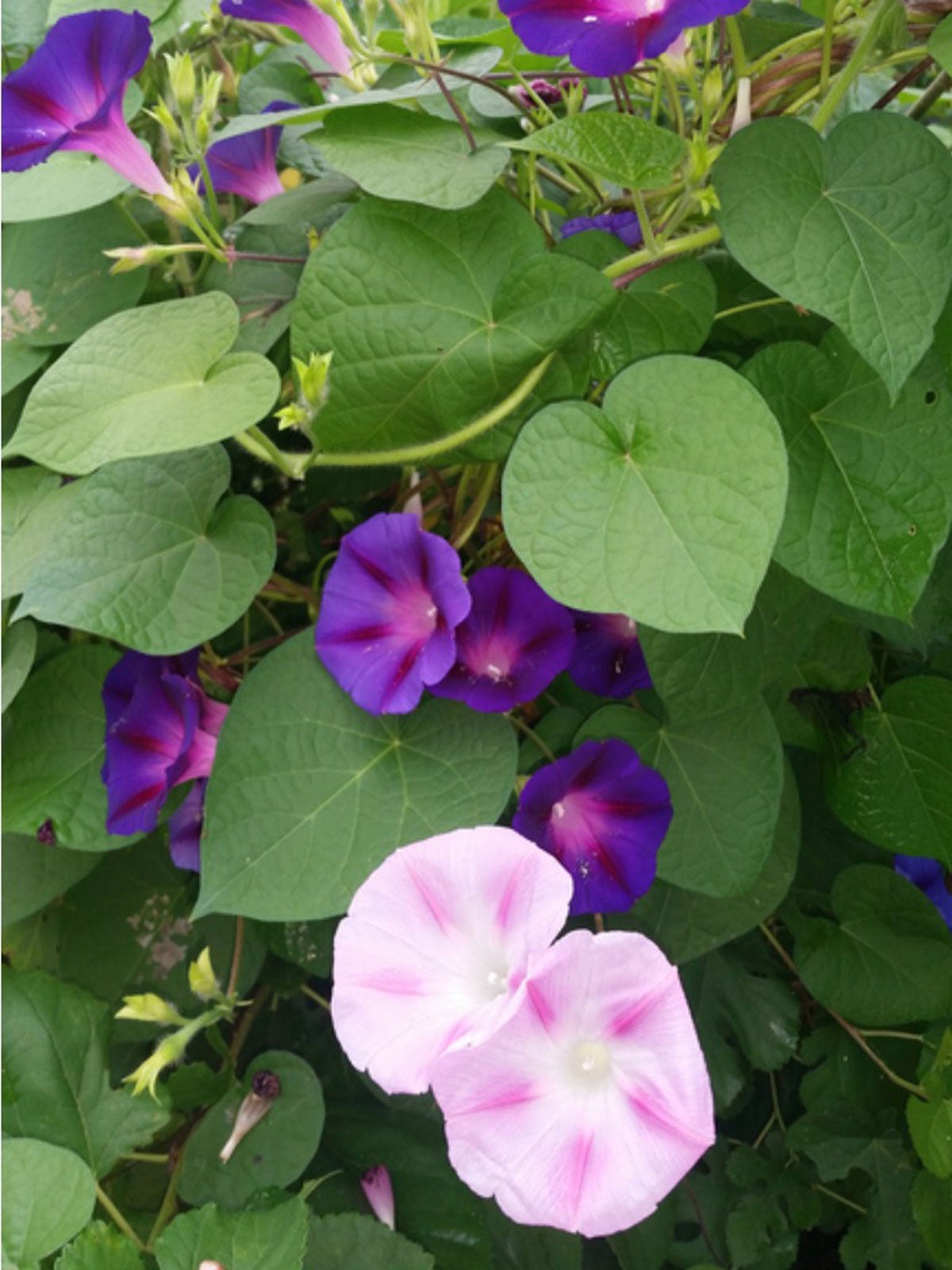

Productive, prolific and easy to grow, morning glory vines (Ipomoea spp.) are the most popular of the annual climbing vines. Some species can reach lengths of up to 15 feet (4.5 m.), twining themselves around anything they can find. The flowers open in the morning and close in the afternoon, with masses of fresh blossoms opening each day. To keep these plants looking their best and well managed, some morning glory trimming may be necessary.
How to Prune Morning Glory
One of the most time consuming aspects of pruning morning glory vines is deadheading, or removing the spent flowers. When the flowers close in the afternoon, they will not open again and berries filled with seeds form in their place. Bringing the seeds to maturity drains a lot of energy from the vine and results in fewer flowers. Remove the spent flowers by squeezing them between your finger and thumbnail to keep the vines blooming freely. Another important reason to deadhead morning glory vines is to keep them from becoming aggressive and weedy. When the berries mature, they fall to the ground and the seeds take root. Morning glory vines can take over the garden if left to reproduce at will.
When to Cut Morning Glories
As summer progresses, you might find that your morning glories need a lift. They may begin to look ragged or stop blooming as well as they should. You can revive the vines by cutting them back by one-third to one-half. This type of morning glory trimming is best done in summer. Remove damaged and diseased stems any time of year. If you grow your own bedding plants from seeds, you'll need to pinch them back while they are young. Pinch them when they have two sets of true leaves, removing the top one-half (1.25 cm.) to three-quarters (2 cm.) of an inch. Pinch out the tips of lateral stems when they develop. Pinching out the growth tips helps the vine develop a dense, bushy growth habit. In USDA plant hardiness zones 10 and 11, morning glories will grow as perennials. In winter or early spring, cut back morning glory vines grown as perennials to about 6 inches (15 cm.) above the ground. This gets rid of old, tired growth and encourages them to come back strong and vigorous.
Gardening tips, videos, info and more delivered right to your inbox!
Sign up for the Gardening Know How newsletter today and receive a free copy of our e-book "How to Grow Delicious Tomatoes".

Jackie Carroll has written over 500 articles for Gardening Know How on a wide range of topics.
-
 Looking For Plants To Give You The Soft And Fuzzies? Try These 5 Fuzzy Leaf Plant Options
Looking For Plants To Give You The Soft And Fuzzies? Try These 5 Fuzzy Leaf Plant OptionsLovers of texture, drama, silver foliage and tactile plants will adore these special sensory garden additions. These fuzzy leaf plant options will leave you all aglow
By Susan Albert
-
 Get Ready For A Summer Of Hummers! Grow These Full Sun Hummingbird Plants and Flowers
Get Ready For A Summer Of Hummers! Grow These Full Sun Hummingbird Plants and FlowersIf you’re lucky enough to enjoy a sunny backyard, make sure you are maxing out on your pollinator opportunities and grow these full sun hummingbird plants and flowers
By Tonya Barnett
-
 Growing Morning Glories From Seed: A Guide To Planting Morning Glory Seeds
Growing Morning Glories From Seed: A Guide To Planting Morning Glory SeedsBy Laura Miller
-
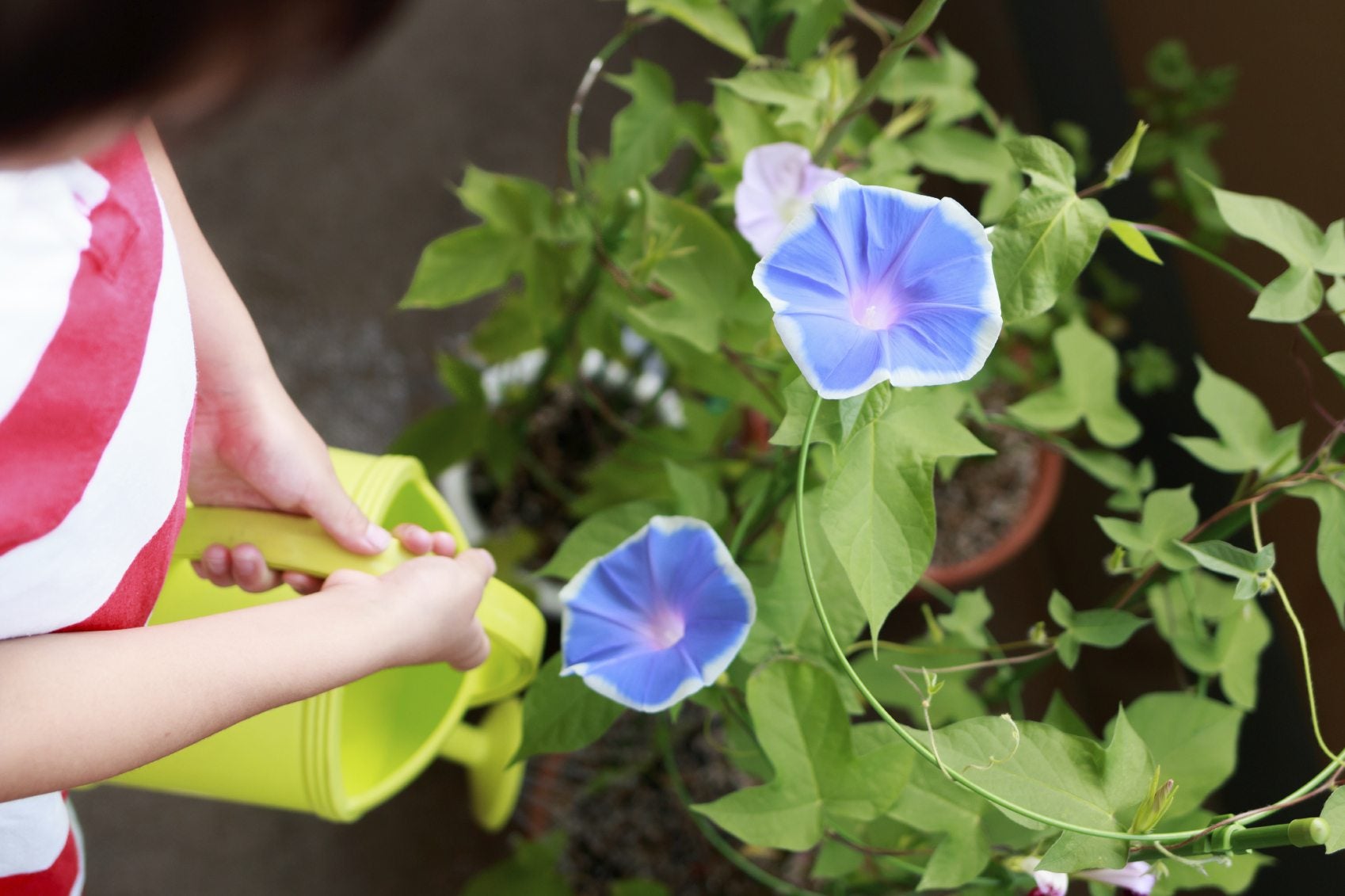 Watering Morning Glories: How Much Water Do Morning Glories Need
Watering Morning Glories: How Much Water Do Morning Glories NeedEasy care and fast growing, morning glories offer a sea of blossoms in pink, purple, red, blue and white. Like most other summer annuals, they need water to thrive. Click here for information about morning glory watering needs.
By Teo Spengler
-
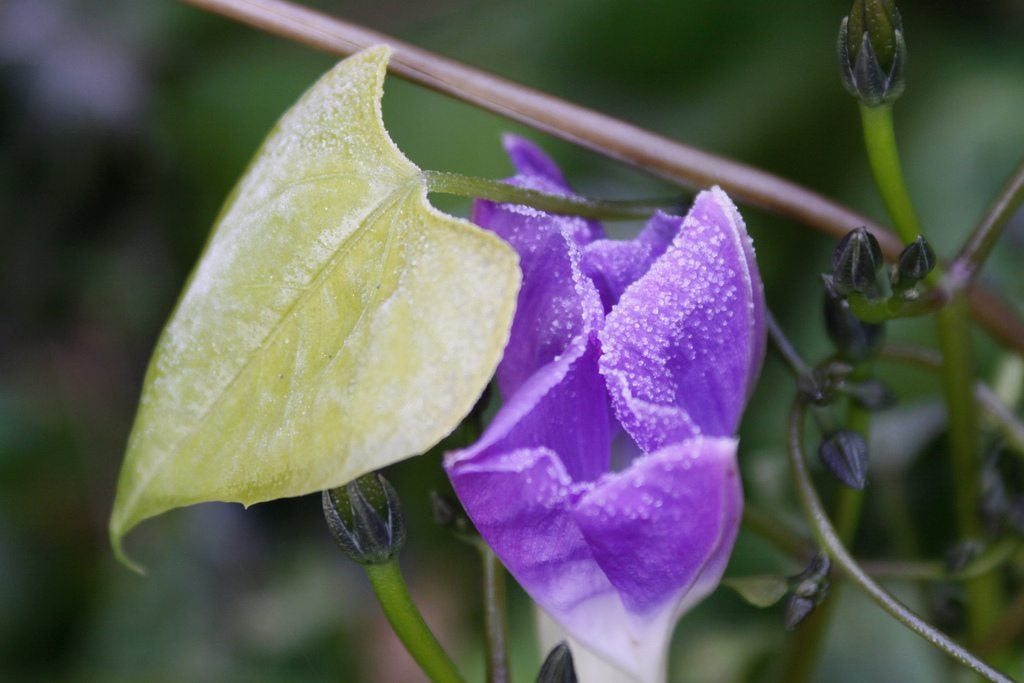 Yellow Morning Glory Foliage – Treating Yellow Leaves On Morning Glories
Yellow Morning Glory Foliage – Treating Yellow Leaves On Morning GloriesThere is a risk of yellowing leaves on morning glories, which can give the plants an unsightly look and damage their health. Click this article to learn about what to do when your morning glory leaves are yellow.
By Liz Baessler
-
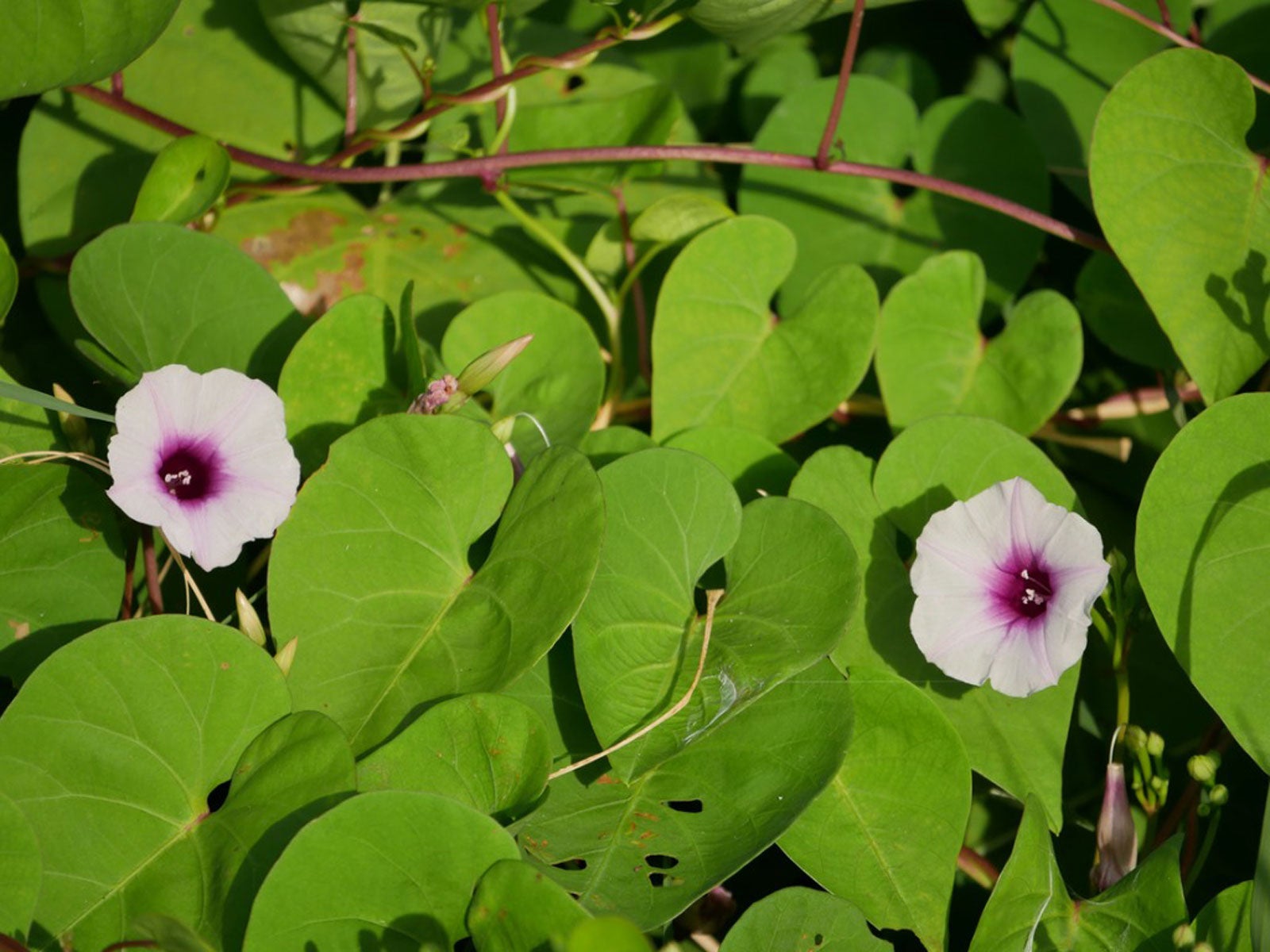 Why Morning Glory Is Not Blooming: Getting Morning Glories To Flower
Why Morning Glory Is Not Blooming: Getting Morning Glories To FlowerMorning glory is a prolific vining plant that produces masses of blooms. Non-flowering plants aren't the norm but is fixable. Click here for suggestions.
By Bonnie L. Grant
-
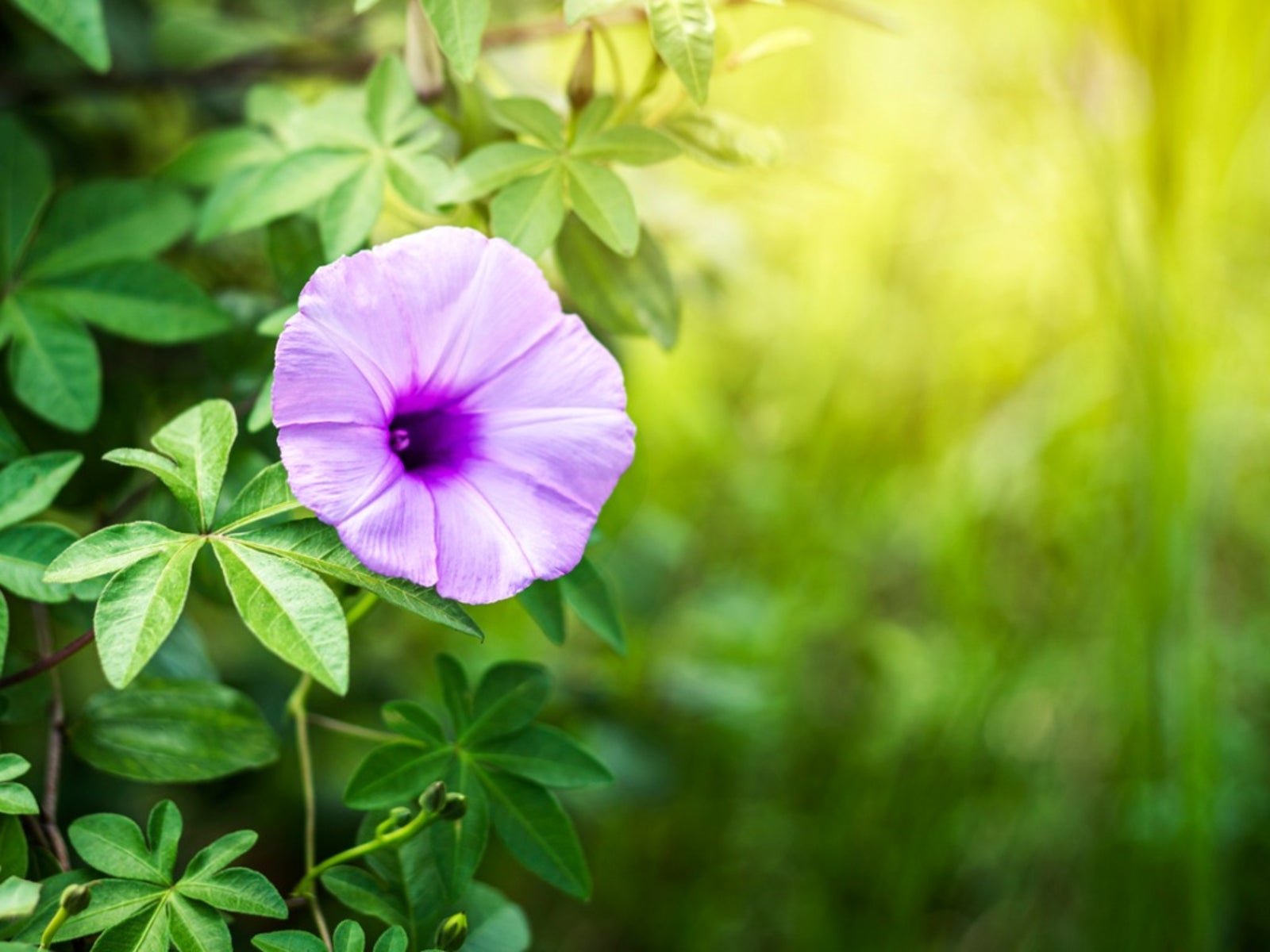 Morning Glory Pest Control: Dealing With Common Pests Of Morning Glory
Morning Glory Pest Control: Dealing With Common Pests Of Morning GloryMorning glories are hardy plants and are normally healthy, but sometimes insects on morning glory vines harm the health of the plant. Read this article to learn more about what pests you can expect.
By Susan Patterson
-
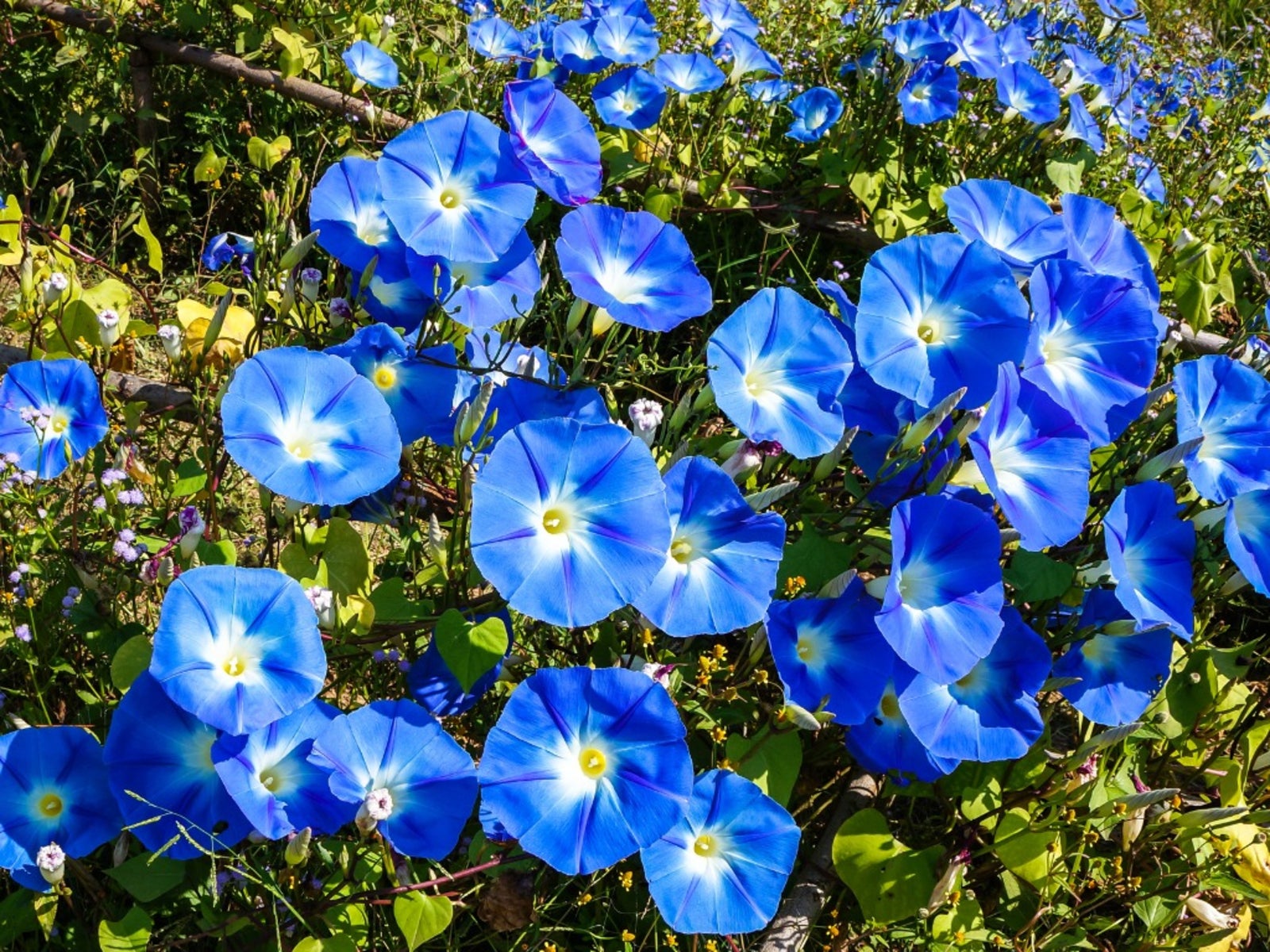 Problems With Morning Glories: Morning Glory Vine Diseases
Problems With Morning Glories: Morning Glory Vine DiseasesMorning glories are typically hardy vines; however, they can sometimes suffer problems. Read this article to find out what these may be and how to treat them promptly. Click here for more info.
By Susan Patterson
-
 Morning Glory Control: How To Kill Morning Glory Weeds
Morning Glory Control: How To Kill Morning Glory WeedsMorning glory weeds in the garden can take over garden areas. So you may want to know how to kill morning glory weeds. This article will help.
By Bonnie L. Grant
-
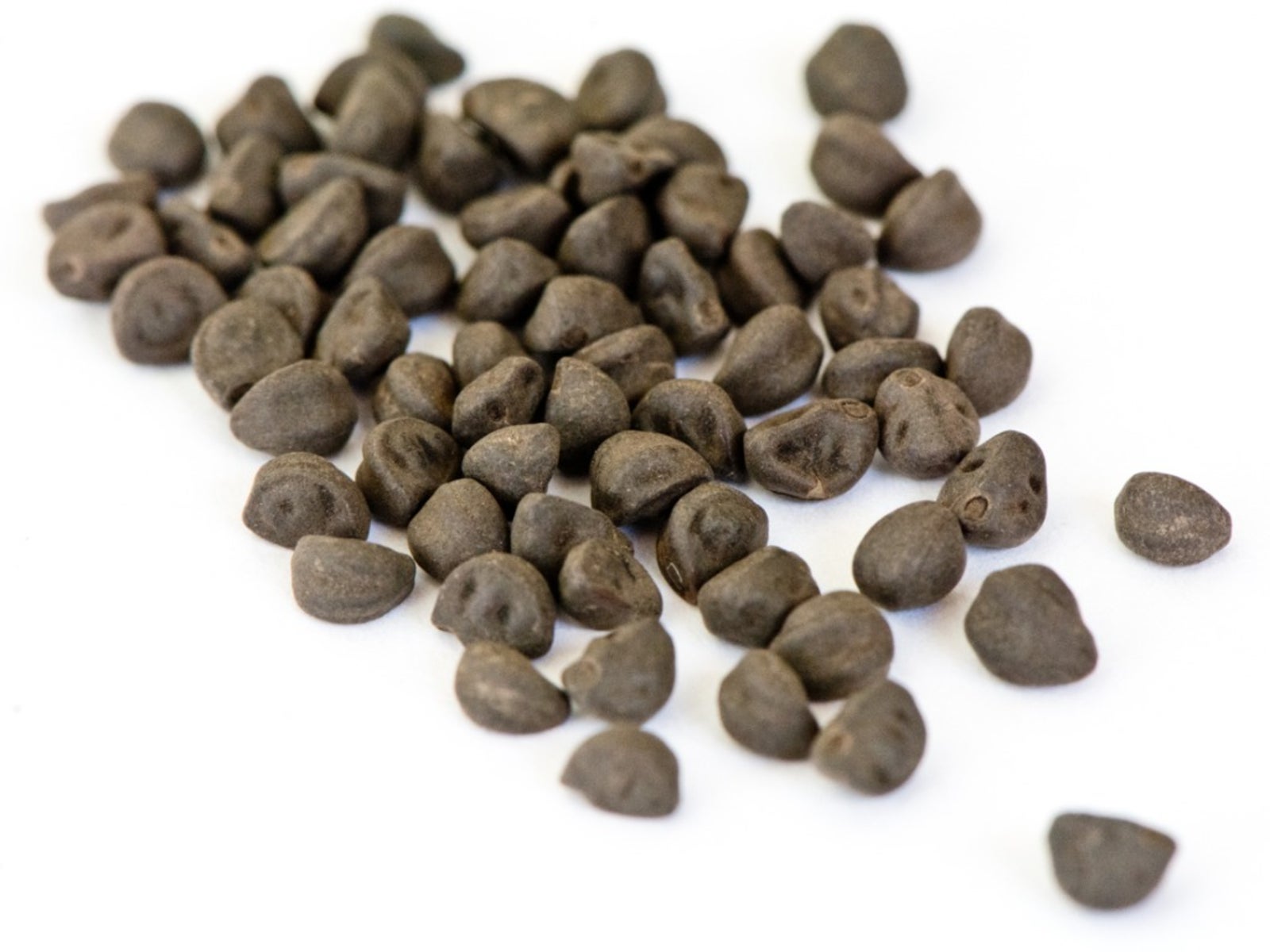 Collecting And Storing Morning Glory Seeds: How To Store Seeds Of Morning Glories
Collecting And Storing Morning Glory Seeds: How To Store Seeds Of Morning GloriesMorning glory flowers are a cheerful, old-fashioned type of bloom. Learn how to save seeds of the morning glory in this article to continue your garden in next spring's planting without buying more seed packets.
By Anne Baley